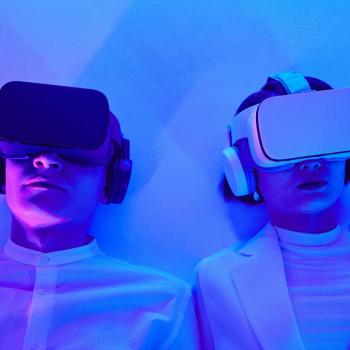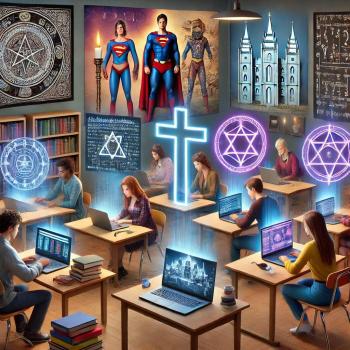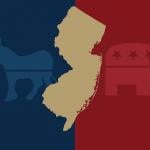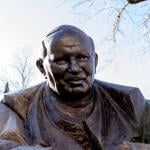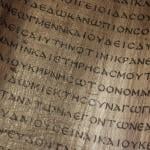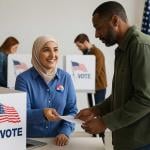
Pluralism In Lights
Ubiquitous in American imagery—this place, in its many moods, seasons, eras—stands as symbolic as any location on earth. Where dreams are chased, capitalism teeters on excess, the bustling overwhelm of modern life either wears you out or leaves you starstruck. It’s the crossroads of the world — okay, perhaps a bit ethnocentric—it’s America’s town square.
It sounds like a riddle: the most quintessential backdrop in New York, where few New Yorkers care to go. You’re traveling from somewhere. You’re excited but you brace for the sensory overload.
LED Billboards in all directions drawing your eyes up as you walk, trying not to collide with the hordes brisking past, the honking of cars, taxis—pick-ups, drop-offs, street performers, Empire State of Mind earworming from pedicab speakers and storefronts. More honking. It’s not zen, and if here too long, you may even forget the sound of silence.
Just as you’ve about reached your limit—every product and service beckoning for more than you have to give—you look up.
Something unexpected catches your gaze.
There, standing on 1500 Broadway–a wrap-around videoboard plays in perpetuity. You stop, forgetting the panic you felt knowing an accessible toilet is nowhere to be found in this concrete funhouse of hot dogs, wax celebrities, and giant M&Ms; there’s a Starbucks, but never have you been so certain of the inevitability of a passcode, a long line, and a tip screen that it basically doesn’t exist.
Your eyes are fixed on the screen for 30 seconds as it plays:
Pluralism is…
Respecting our differences.
Believing diversity makes our country stronger
Listening to each other even especially when we disagree
Pluralism is working together for the benefit of all.
Learn more at Interfaithamerica.org
“Pluralism” — a word your subconscious knows but one you haven’t seen or said aloud in a while. It’s an ad…selling a founding American ideal? Flashes of Federalist 10, Barack’s ‘04 DNC address, Mandela in Invictus pop into your implicit memory, appealing to the better angels of your nature. For a moment, your predisposed survival reflex — the shortcuts of unhelpful biases and uninformed perceptions about others — loosens its grip. You give in to the reality where building bridges across elements of diversity, in all their beautiful and difficult forms, is not just an illusion, but something happening already. You just need to know where to look.
In your state of intrigue, you stretch out your arms to point your phone’s camera at the QR code in the ad’s final frame.
An interfaith leader is born.
Not in the Comms Plan
Last month, Vanessa, our steadfast office manager, fielded a call from a media company that had come across Interfaith America’s work and wanted to discuss an opportunity. Naturally, she referred it to Noah, the seasoned Interfaith America comms shop veteran who has been around long enough to have a crazy idea or two fall into his lap. He caught a few words from Vanessa— “New York,” “Media,” “Times,” and assumed it was the New York Times calling.
It wasn’t the Times, it was Times Square—the chance to run a 30-second spot on loop, six times an hour, twenty hours a day, through the end of June. More than 10,000 showings, an Interfaith America ad flashing above the crowds, seen by hundreds of thousands moving through one of the busiest intersections on earth.
This wasn’t in the comms plan. It wasn’t in the digital strategy favoring social media, email, and paid internet ads. But when opportunity knocks to broadcast a vision for a nation that embraces interfaith cooperation in the epicenter of human diversity—you happily debut in the Big Apple.
Because at the end of the day, in a digital age where an infinite influx of information spams your phone, bidding for your subconscious dopamine reflex, you scroll past innumerable ads — but you can’t scroll past a billboard.
Old Frameworks For New Times
It’s true—pluralism is having a moment, which is funny to say about a practice as old as the nation.

This past December, former president Obama made pluralism the centerpiece of his Democracy Forum and just this month, The New Yorker published a deep dive into the “pluralism pivot” reshaping college campuses, as leaders try to recenter their diversity approach to focus on cooperation across identities and ideologies. The speed of modernity is warranting a recalibration in how we approach diversity, a return to a seasoned truth: that American identity is not based on a singular expression, but a multitude of expressions, each contributing their best to the common civic life.
This shift didn’t come out of nowhere. I credit this momentum to the restless visionary, Eboo Patel, the Founder and President, and the whole operation at Interfaith America, along with plenty of organizational partners—for making cooperation cool again. For planting seeds in the collective consciousness years ago with the idea that diversity, particularly of faith, was indeed an American asset—but one that required thought leadership and training to flourish. That cooperation across those differences is possible—and necessary—to reduce prejudice, strengthen social cohesion, and create a binding narrative that all Americans can see themselves a part of.
Americans rely on the media to color their imagination of lives different from their own — glimpsing into other people’s worlds without ever stepping beyond their own familiar walls. That trend only accelerates as interactions with strangers shrink, replaced by the convenience of self-checkouts and DoorDash. As we grow more dependent on the media to tell us who we are, creativity becomes an imperative to tell a different story — one that inspires instead of divides.
Timeless American Ideal
While there’s a shift happening among sector leaders, we are in short supply of creative, compelling media for the general audience — media that affirms that the modern American story is not destined for division, fracture, and civil war but instead a slow, stubborn progress toward a more civically responsible, curious, outcome-oriented collective. A people who do not require a common culture or belief system to play their part for the flourishing of all. Interfaith America’s response lives out the wisdom of a titan of advertising: “When you don’t like what’s being said, change the conversation.” — Don Draper.
Even though it matters — the ROI, the clicks, the views — if you zoom out from the commodification of the media, and think of America — how it lives within a mythos, how it sustains itself as a sacred project through stories about its own possibility, despite its tribulations — you see something else. You see what it means to broadcast a timeless American ideal — cooperation over division — shining bright at all hours of the day and night for a sea of unique individuals, each carrying unimaginable layers of identity—flowing through symbolic city blocks as active participants in the American story.
No one targeted. No one excluded.
It’s hard not to be romantic about that billboard.





